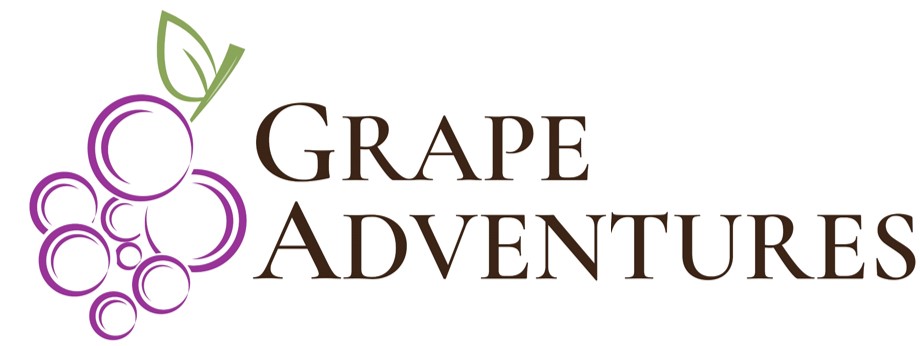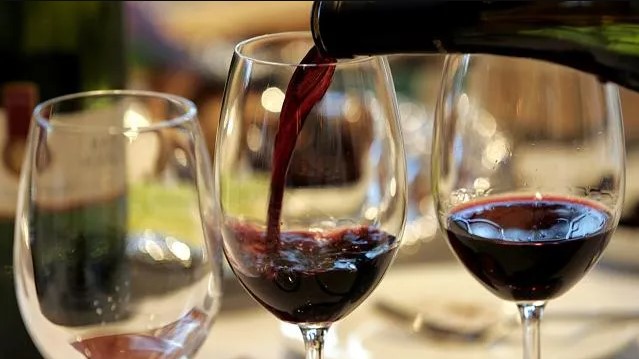
One of the best attributes of wine is sharing it with friends. Here are 7 tips on how to serve wine like a pro and enhance your wine tasting experience
Serving Wine at the Correct Temperature
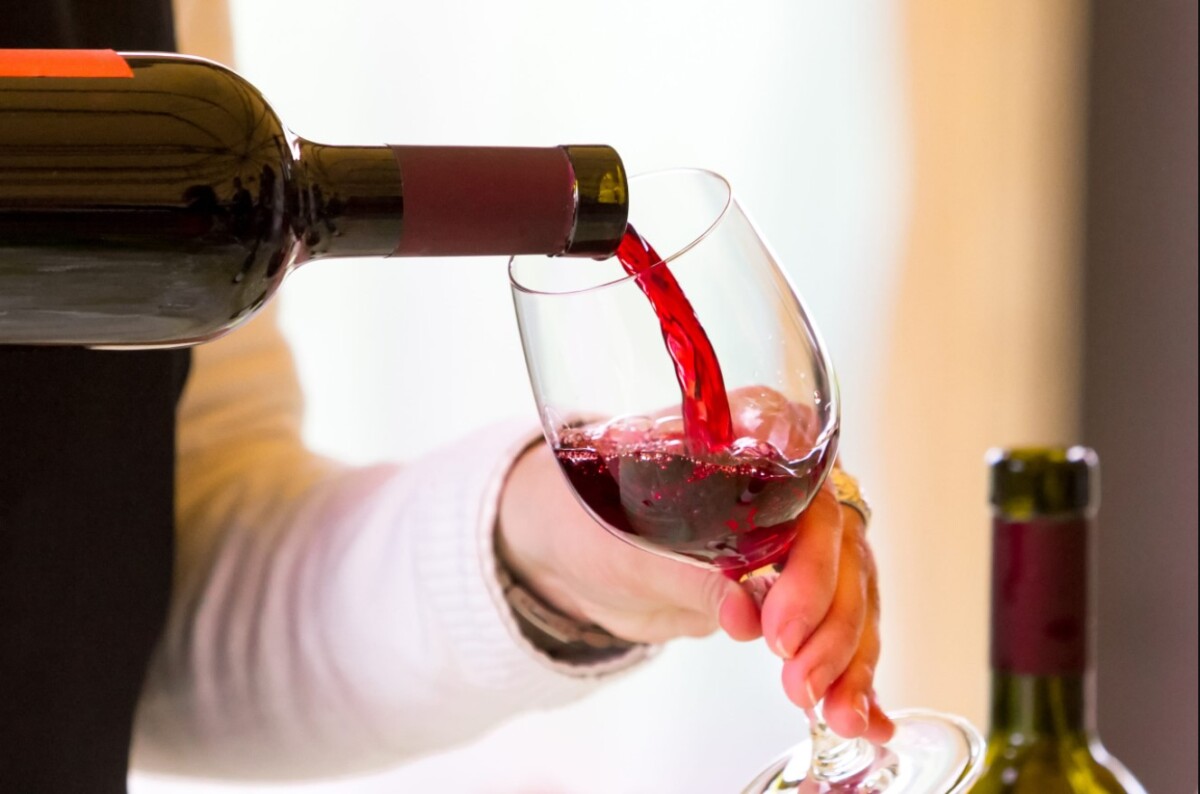


The temperature that a wine is served at can affect the overall tasting experience. Certain temperatures can diminish the wine’s flavors and alter the winemakers intended experience
Red wine typically is best served slightly below room temperature. As a rule of thumb, serve your red wine at a temperature of 62 – 68 F. Pinot Noir, among other light red wines, should be served on the cooler end of this temperature range.
There’s a tendency to serve white and sparkling wine straight from the fridge, which is really too cold. White wine should be served at a slightly cooler temperature at about 49°C to 55°C.
Sparkling wine should be kept the coldest and serve between 40°Fto 50°F. A high-quality sparkling wine, such as champagne, should be served slightly warmer and closer to white wine temperatures.
Opening the Wine
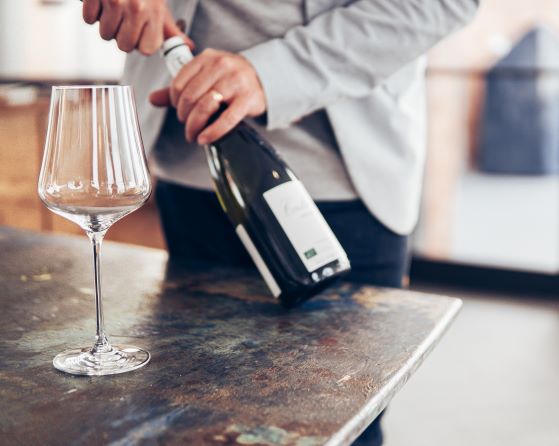


How the wine is opened, served, and displayed can enhance the overall wine experience. Serve your wine elegantly. The most visually appealing way is by first cutting and removing the foil just below the lip with foil cutters to reveal a smooth edge.
Since a cork break easily, it is important that the corkscrew turns in straight, rather at an angle, to avoid broken cork bits failing into the bottle.
A good quality wine opener makes things easier. Insert the wine opener into the just off center of the cork, and in a few turns and a pull, you will have a delightful open bottle of wine to enjoy.
Sediment in Aged Wine
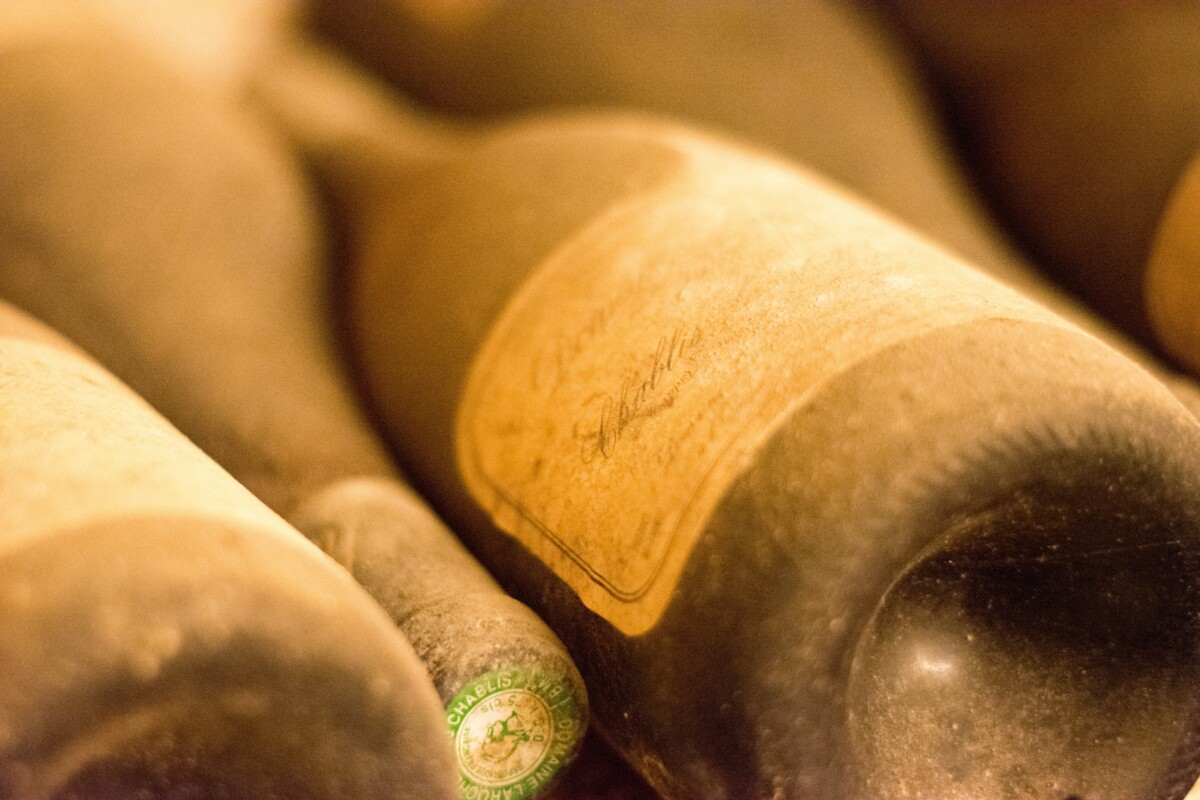


Red wine that is well aged may contain sediment bottle. You don’t want that getting into the glasses. To avoid serving the wine with sediment you need to plan ahead.
Two or three days before you serve the wine, stand the bottle upright to allow the sediment to settled at the bottom.
When serving, handle the bottle very carefully and avoid shaking or vibrating the wine to avoid stirring up the settlement.
Know when to Decant Red Wines



Letting a wine “breathe” is a well-known technique for reds, particularly young highly-structured wines
Allowing the wine to “breathe” involves exposing wine to air before serving. Exposing wine to air for a short time can help soften the tannins and flavors and open up aromas.
Removing the cork from a bottle without pouring out any wine does nothing to aerate wine. There is not enough wine-air contact to have any benefit.
- Sparkling wines, rosé, and light white wines should usually not be decanted.
- Orange wines and skin-contact whites may be better when decanted.
- Vintage Port and red wines likely to have a lot of sediment should almost always be decanted.
- Extremely old red wines, especially Pinot Noir, should not be decanted. Their condition and flavors will be very delicate. Decanting them may quickly dissipate the aromas and flavors.
- Some young medium- to full-bodied red or white wines can benefit from decanting, but not because of sediment. With these wines, decanting aerates the wine, allowing its flavors to open up.
After you’ve poured the wine into the decanter, you should let it sit for about 30 to 45 minutes to allow it to properly aerate.
Pouring the Wine



A 750 ml bottle of wine contains just over 25 ounces.
The typical is to pour is about 5-6 ounces of the wine into each glass. Never fill wine glasses all the way up to the rim. Carefully watch the level of wine as you’re pouring so you know when to stop.
- Rule-of Thumb: It varies by glass size and shape but, in general, you should pour about a quarter to a third of the way up.
What Wine Glass to Use
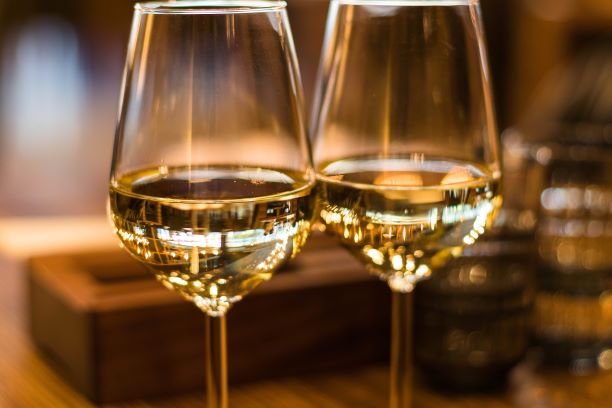


The shape of the glass helps to translate the different sensations in wine: aroma, texture, flavor and finish. Many enthusiasts agree that it’s not as important if its stemmed or stemless, but more about the shape of the glass. Although, holding a stemmed glass by the stem prevents the wine from warming as quickly. Thin glasses feel more elegant and guide the wine more gracefully into one’s mouth. Choose wine glasses are clear, colorless and without ornamentation
White Wine Glasses
White wines are typically served in smaller bowled glasses. This shape helps maintain cooler temperatures, expresses more acidity, and can preserve floral aromas.
Red Wine Glasses
- Large Bordeaux Glass, for bolder red wines,
- Standard Red Wine Glass for medium wines with spicy notes
- Bourgogne Glass for lighter reds with subtle aromas
Preserving Your Wine after Opening
An opened bottle of wine will typically last 3-5 days before it goes bad. The length of time before wine turns varies on the type of wine and how the wine is stored after it has been opened.
When properly corked and preserved in the fridge, white wine can last anywhere from three to five days. Red wine storage life of three to five days, but not in the fridge. Red wine should be corked and stored in a cool, dark place
Grape Adventures Wine Tours
Ready to explore Wine Country, let Grape Adventures take you there.
Taste wines from some of the best wineries in Southern & Central California, contact Grape Adventures Wine Tours today to book an unforgettable tour through Wine Country guided by our friendly and knowledgeable hosts.
